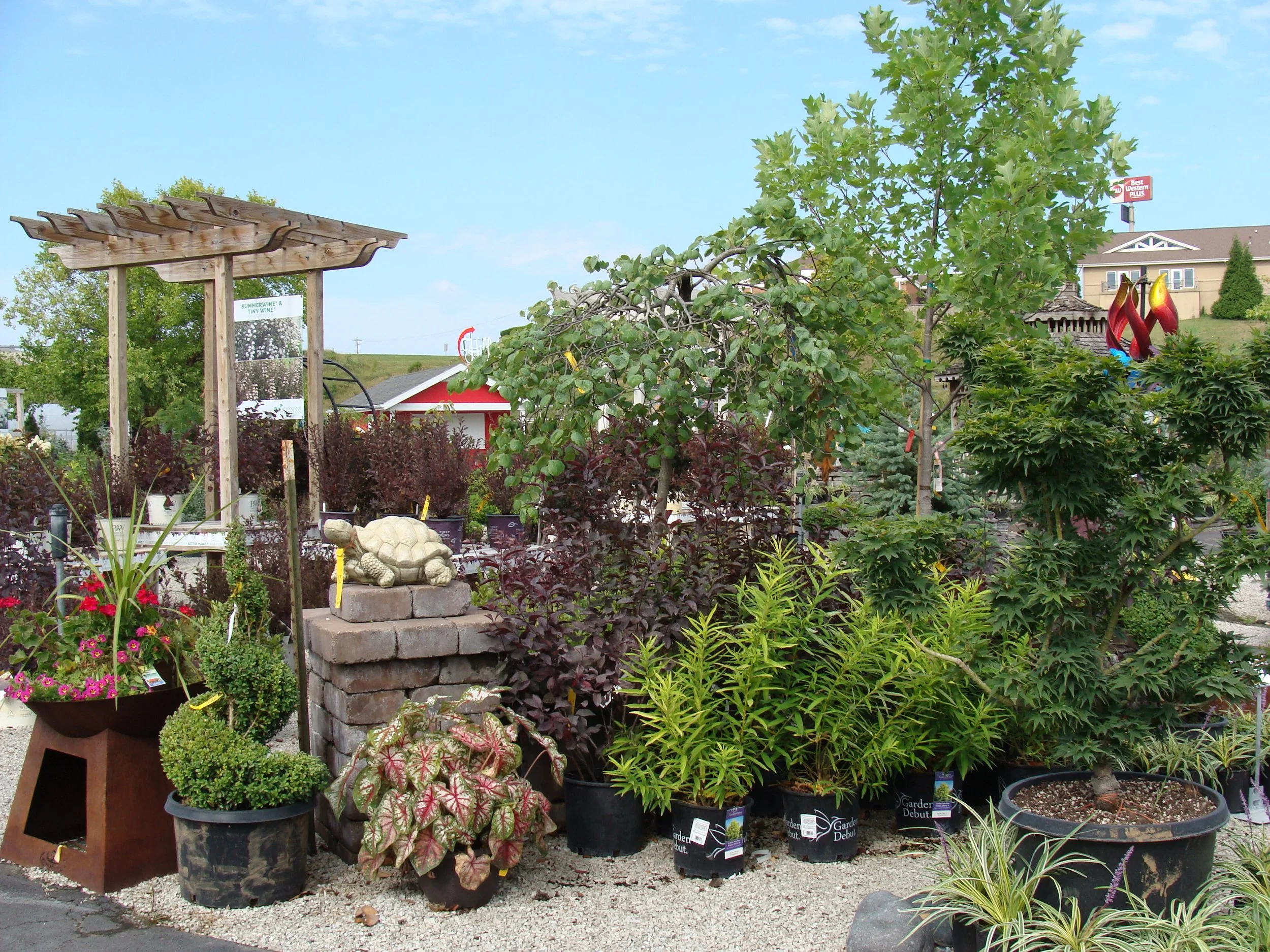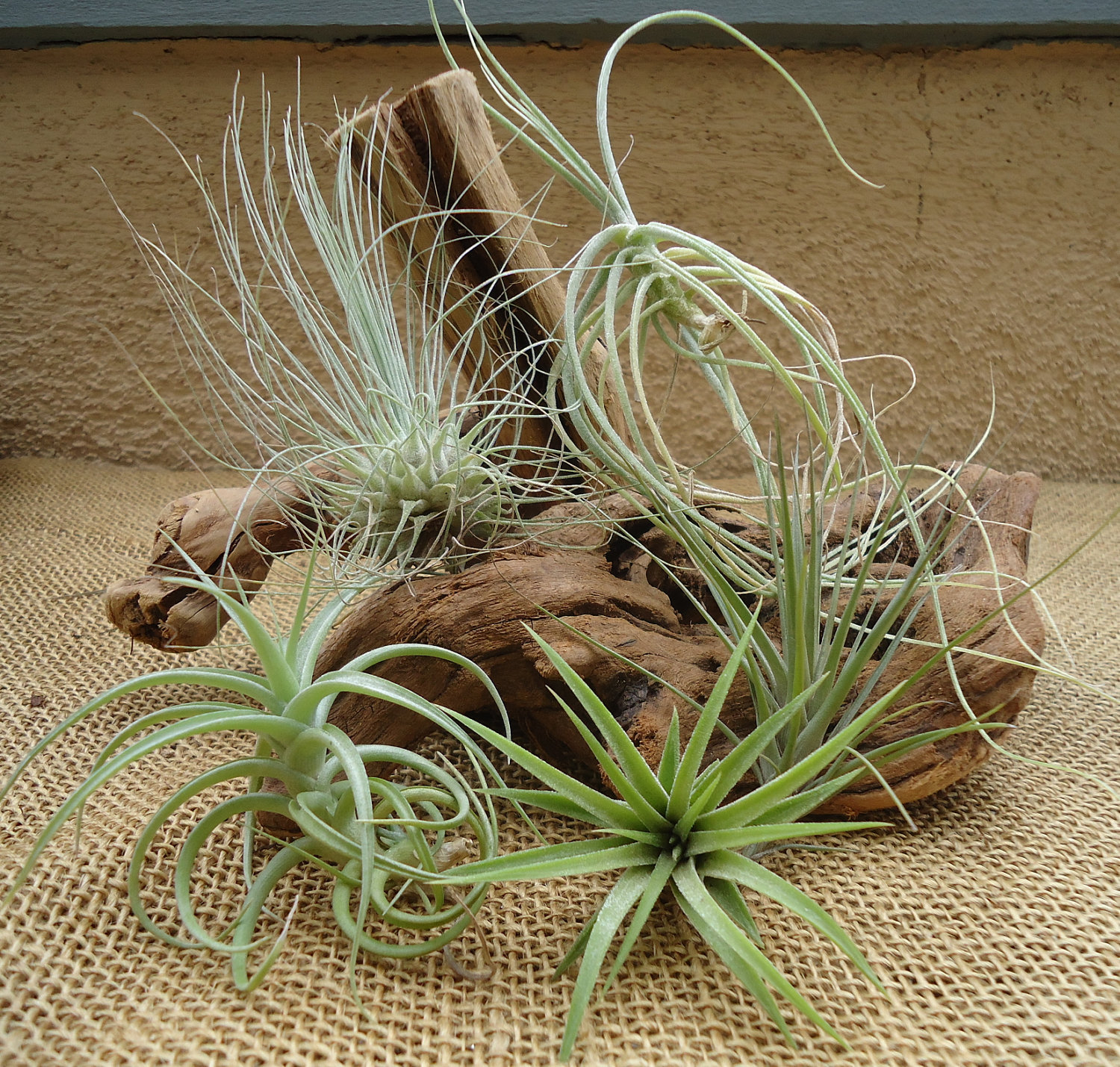February continues with dreary weather, but the anticipation of spring is closer every day. Our daylight hours are getting a little longer, which holds the promise that spring will be here soon. There are a few things to remind ourselves of, in preparation for this fabulous time of year.
Seed sowing time is upon us! Now is the time of year to start seeds indoors for slow growing annuals such as Ageratum, Petunias, Geraniums, Impatiens, Salvia and Coleus. Check out the great selections of seed varieties available. We may now also move into our gardens outside, if the weather permits, to start the seeds of Peas, Lettuce, Spinach and Radish. What a great feeling to work in the fresh air again!
Keep an eye out for Chickweed and Henbit in your lawn. These two early weeds have already emerged and will be thick this year. Spot treat these areas with Fertilome Weed-Out weed killer to keep it from going to seed.
Amaryllis and Paperwhite bulbs can still be forced indoors this winter. Make sure you keep the top 1/3 of the bulb out of the container, place into a sunny window, water and enjoy. Houseplants will be coming out of their winter dormancy soon, so now is the time to consider repotting and trimming root bound plants. This works best before vigorous growth occurs. When transplanting, choose a container that is about 2” larger in diameter than the old pot your plant is in today. This will make for an easier transition period for your plants. Add a slow release fertilizer, such as Osmocote, at this time. We have a great selection of new and fun plant varieties.
Service and repair your lawn and garden equipment if you haven’t already done so. Sharpen and oil your hand tools, if this wasn’t done last December when you put your gardens to rest. A bucket of sand and a quart of motor oil work great for cleaning and oiling our tools. Pour the motor oil into the sand and insert your tool blades. This will help keep them clean and keep them from rusting. Have your lawn mower tuned up and the blades sharpened this month also.
Deep root feed all trees and shrubs once the soil thaws. This gets the plants off to a great start for spring. The fertilizer has a chance to flow up with the sap and directly to the new growth giving way for great green foliage and flowers.
Dormant spray all fruits, berry plants and roses with a dormant oil spray when the temperature is above 40*. This will help protect the plants from any over wintering fungus spores and insect eggs.
It is time to go, so we will “See you in the garden!”
Sandi Hillermann McDonald








